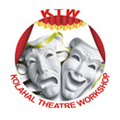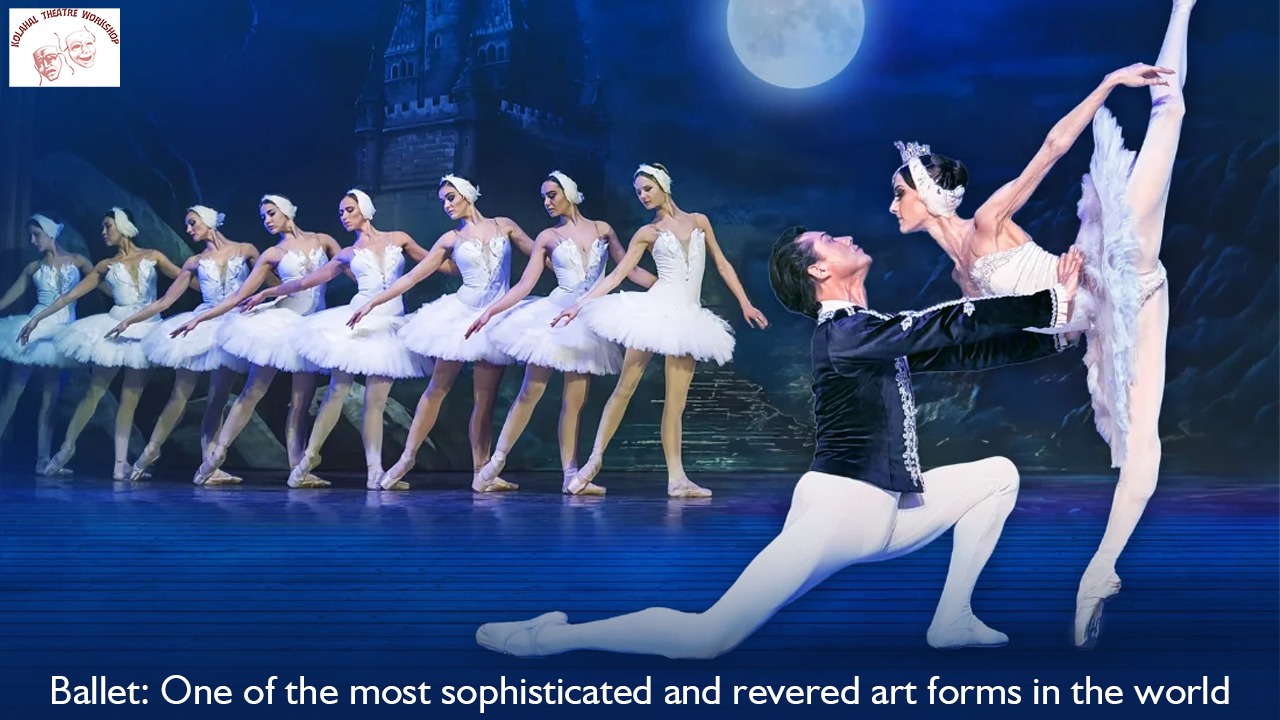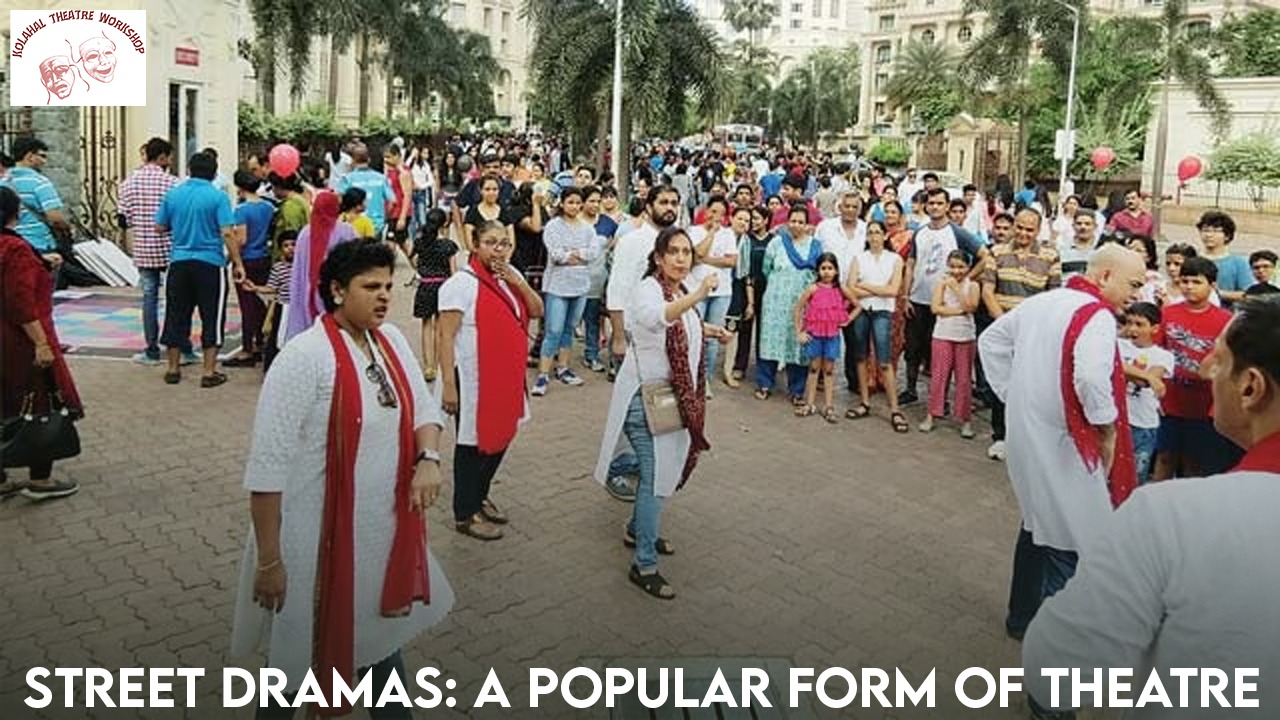READERS’ THEATER (SHRUTI NATOK) : VOCAL EXPRESSION TRICK
Introduction
READERS’ THEATER (SHRUTI NATOK) : VOCAL EXPRESSION TRICK as it is nicknamed.It is a public reading or recitation of a work of literature like a poem or a play, with an interpretative or dramatic use of voice. It is a form of theater without sets, props, special lightings or full costumes. The script is read, be seated, stand in fixed position or incorporate minimal stage movement. Actors use only vocal expression to help the audience understand the story. Readers’ theater is also known as “Theater of the mind”, “Interpreters’ theater” and ” Story theater ” and performances might be called “Reading hours” or “play reading”.
It is an art that all literary minded people can appreciate. If you are reading and analysing a play as a piece of literature, you cannot approach it like you would, in case of a short story or novel. Even so, analysing a play isn’t really different from analysing a prose. Your puropse is the same and that is to determine how the different elements work together to create the overall effect .
HISTORY OF READERS’ THEATER :
The form of readers’ theater is quite similar to the recitation of epic poetry in fifth century Greece and public reading in recent past by Charles Dickens and Mark Twain. Actually, the origin of readers’ theater may be traced back to Greece 2,500 years ago and was also found in medieval times. More recently, they have evolved from a group readings in the early 19th century. The earliest use of the term “Readers’ theater” dates back to 1945, when a professional group in New York (who called themselves Readers theater, Inc ) produced Oedipus Rex, at the Majestic theater on Broadway.
In 1951, a production on “Don Juan in Hell” written by Bernard Shaw, was performed by four well-known actors. The performers sat on stools and read from scripts placed on lectern. This new form of play reading, has undergone many changes and is still a popular form of performing art.
It should be noted in this context that radio plays are, definitely a form of Readers’ theater. The actors perform using scripts. There is no staging in this case. READERS’ THEATER (SHRUTI NATOK) : VOCAL EXPRESSION TRICK
CHARACTERISTICS OF AN EFFECTIVE READER :
The key difference between traditional theater and readers’ theater is the mode of presentation . The interpretation of the dramatic reading relies almost entire on the actors’ voices. It is not always necessary to use a piece of literature in its entirety. It is important to keep in mind the reading level of the readers, while selecting a piece of text. Some of the important characteristics of an effective reader include . Firstly , Reading with expression, proper emphasis and clear enunciation, using his/her voice effectively, to convey meaning.
Secondly , Projecting to the audience
Thirdly , Being familiar with the part and the ability to read it with fluency.
Fourthly , Being able to pace himself/herself effectively.
Fifthly , Using props, when employed, effectively ( the script is a prop, too).
Above all ,Demonstrating poise and self-confidence





[…] READERS’ THEATER (SHRUTI NATOK) : WHERE VOCAL EXPRESSION DOES THE TRICK! […]
[…] READERS’ THEATER (SHRUTI NATOK) : WHERE VOCAL EXPRESSION DOES THE TRICK! COMMUNICATION SKILLS FOR WORKPLACE SUCCESS OPERA: A THEATRICAL FORM IN WHICH DRAMA IS CONVEYED THROUGH SONGS AND MUSIC […]
[…] READERS’ THEATER (SHRUTI NATOK) : WHERE VOCAL EXPRESSION DOES THE TRICK! https://kfmindia.in/blogs/communication-skills-for-workplace-success/ OPERA: A THEATRICAL FORM IN WHICH DRAMA IS CONVEYED THROUGH SONGS AND MUSIC […]
[…] https://kolahal.org/2021/07/31/readers-theater-shruti-natok-where-vocal-expression-does-the-trick/ […]
Hi, just required you to know I he added your site to my Google bookmarks due to your layout. But seriously, I believe your internet site has 1 in the freshest theme I??ve came across. It extremely helps make reading your blog significantly easier.
When someone writes an paragraph he/she retains the image of a user in his/her
mind that how a user can understand it. Thus that’s why this post is great.
Thanks!
Hello. remarkable job. I did not anticipate this. This is a splendid story. Thanks!
Pretty component to content. I simply stumbled upon your website and in accession capital to say that I get in fact loved account your blog posts. Anyway I’ll be subscribing for your augment and even I fulfillment you get entry to consistently quickly.
I enjoy the efforts you have put in this, regards for all the great blog posts.
I’m writing to let you know of the superb discovery our child encountered visiting yuor web blog. She came to understand a good number of issues, not to mention what it is like to possess an awesome giving style to have a number of people effortlessly completely grasp some multifaceted topics. You undoubtedly surpassed my expected results. Many thanks for giving the useful, safe, revealing and even easy guidance on this topic to Janet.
Keep working ,terrific job!
I really like your writing style, superb info, appreciate it for putting up :D. “Your central self is totally untouched By grief, confusion, desperation.” by Vernon Howard.
That is the appropriate weblog for anybody who desires to seek out out about this topic. You realize so much its virtually exhausting to argue with you (not that I really would want…HaHa). You undoubtedly put a new spin on a subject thats been written about for years. Nice stuff, just great!
Thanks for sharing, this is a fantastic post.Much thanks again. Awesome.
Very informative blog post.Really thank you!
It’s the best time to make some plans for the future and it’s time to be happy. I’ve read this post and if I could I wish to suggest you few interesting things or advice. Maybe you can write next articles referring to this article. I want to read even more things about it!
I conceive this site has got some very good info for everyone. “Philosophy triumphs easily over past evils and future evils but present evils triumph over it.” by La Rochefoucauld.
hello!,I like your writing very much! share we communicate more about your article on AOL? I require an expert on this area to solve my problem. May be that’s you! Looking forward to see you.
Major thankies for the blog.Much thanks again. Really Cool.